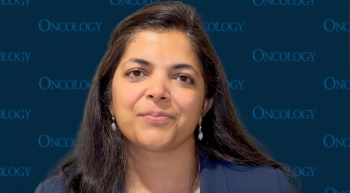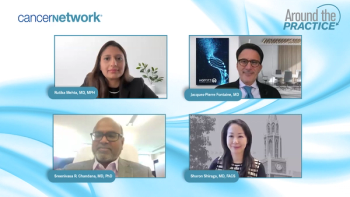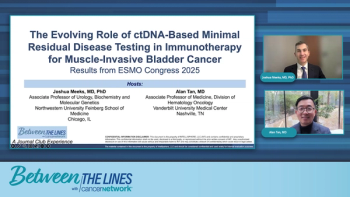
Classifying High-Risk Patients With NDMM
Panelists discuss how risk stratification using cytogenetic and molecular markers is vital to tailoring NDMM therapy and improving long-term outcomes.
Episodes in this series

Panelists discuss how identifying high-risk patients is essential for optimizing outcomes in newly diagnosed multiple myeloma (NDMM), focusing on genetic and clinical risk factors such as cytogenetic abnormalities, elevated β2-microglobulin, and extramedullary disease. They outline how molecular profiling enables physicians to distinguish standard- from high-risk disease, which guides therapy intensity and duration. They note that despite significant therapeutic advances, high-risk patients continue to experience inferior outcomes, reinforcing the need for tailored treatment plans. The discussion underscores that novel quadruplet regimens may partially mitigate risk-related disparities, though further studies are needed. The panelists also highlight the value of consistent risk reassessment throughout the disease course, using both laboratory and imaging tools, to adapt therapy based on evolving biology.
Newsletter
Stay up to date on recent advances in the multidisciplinary approach to cancer.

















































































